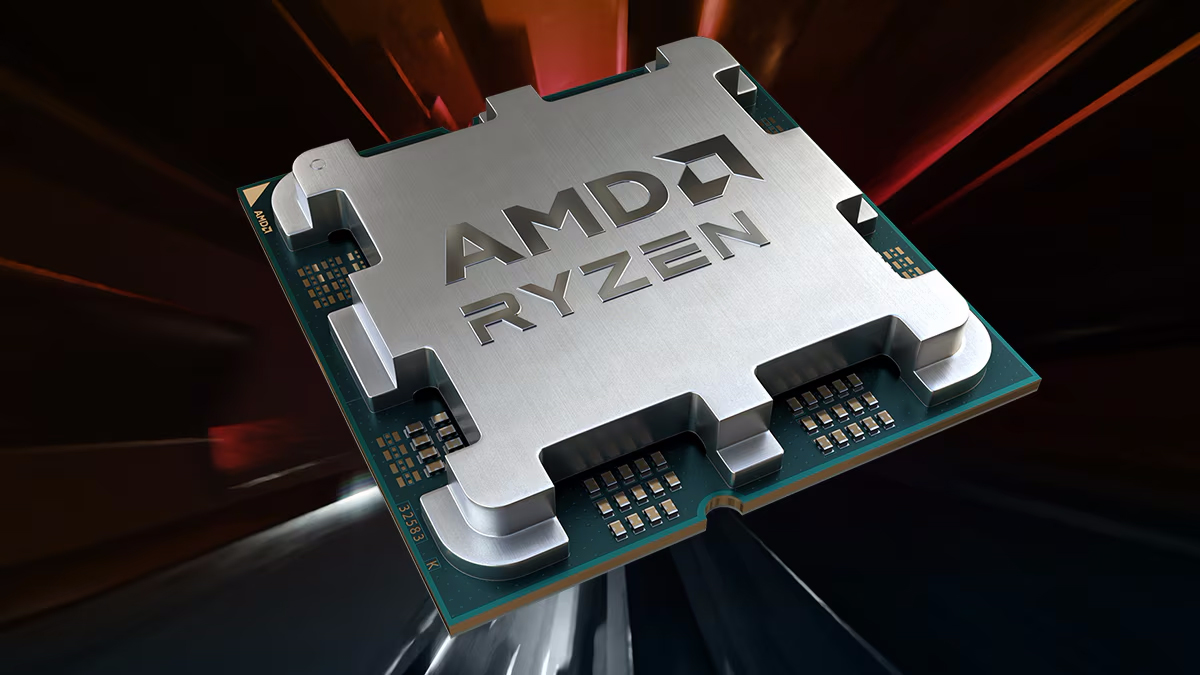Gigabyte X3D turbo mode test falls short of vendor claims — user-provided Forza Horizon 4 benchmark shows a 5% increase in average frame rates
It's not as fast as the 20% figure Gigabyte advertised, but 5% is a very realistic improvement from a motherboard enhancement feature.

A hardware enthusiast has tested the Gigabyte X3D Turbo mode. As shared by York on X, the model was tested in Forza Horizon 5 on a Ryzen 7 9700X. With the feature enabled, performance improved by a measly 5%.
Gigabyte's X3D Turbo mode arrives with the AGESA microcode update 1.2.0.2a, which is already en route to 600 series and 800 series chipset motherboards. According to our sources, the turbo mode isn't exclusive to Gigabyte. Instead, it's a feature that's part of the latest AGESA microcode so that other motherboard manufacturers will offer the same feature, most likely under a different name. It's unknown how the turbo mode works, but we were told it disables a particular setting in the firmware. From the York's feedback, it looks like simultaneous multi-threading (SMT).
Gigabyte's new mode was tested with the Ryzen 7 9700X paired with two 8GB DDR5-6000 DDR5 memory modules. Enabling Gigabyte's X3D turbo mode purportedly disabled SMT and boosted memory bandwidth from 55 GB/s to 61 GB/s.
GIGABYTE X3D Turbo Modeめっちゃ軽~く触ってみたSandraとForzaで検証(9700X, D5-6000 16Gx2)・SMTが切られた・メモリ帯域も若干太くなった(約55GB/s→約61GB/s)・PPTは変更なし (CB R23で88W)・CPUシミュレーション、レンダリングのFPSがかなり上昇している… pic.twitter.com/kpal0wU2A6October 20, 2024
According to the user's test in Forza Horizon 5, frame rates went from 307 FPS to 322 FPS with the feature turned on, yielding a 5% performance improvement. This is significantly worse than what Gigabyte touted the feature as capable of, with advertising improvements of up to 20%. To be fair, the vendor did specify "up to." The improvement is probably dependent on the chip, RAM, and motherboard.
In any event, take the testing with a pinch of salt since we don't know if factors were at play that might have hindered the user's benchmark run with the Ryzen 7 9700X. Regardless, a 20% improvement is almost unbelievable purely from a firmware standpoint, but we'll have to wait and see.
We aren't sure what other settings are modified with the turbo mode turned on. A 5% improvement is a more believable and realistic uplift from a motherboard tuning change. Disabling SMT can improve performance slightly in games that don't play nicely with SMT.
Get Tom's Hardware's best news and in-depth reviews, straight to your inbox.

Aaron Klotz is a contributing writer for Tom’s Hardware, covering news related to computer hardware such as CPUs, and graphics cards.
-
Dntknwitall What is this article? It is slamming Gigabyte on its X3D boost with a test on "ONE" game and "One" lack luster rig with "One" configuration! That is not a test. That was more like a trial run with no clear result. Also how can you say that the 5% is "worse" than the specified "up to" 20%. Wording means alot to readers. This is another trash article. Is this all we get for tech news anymore? Where is the real write ups on real news about what is happening in the industry?Reply -
Pemalite Poor article. 1 test is not an empirical data set to draw a conclusion from.Reply
Don't clickbait us, we aren't idiots. - This is why we still need sites like Anandtech around... -
texaswayne This is a stupid test. 8GB module uses x16 dram, half the amount of banks to begin with. Please use a proper configuration for benchmarking.Reply